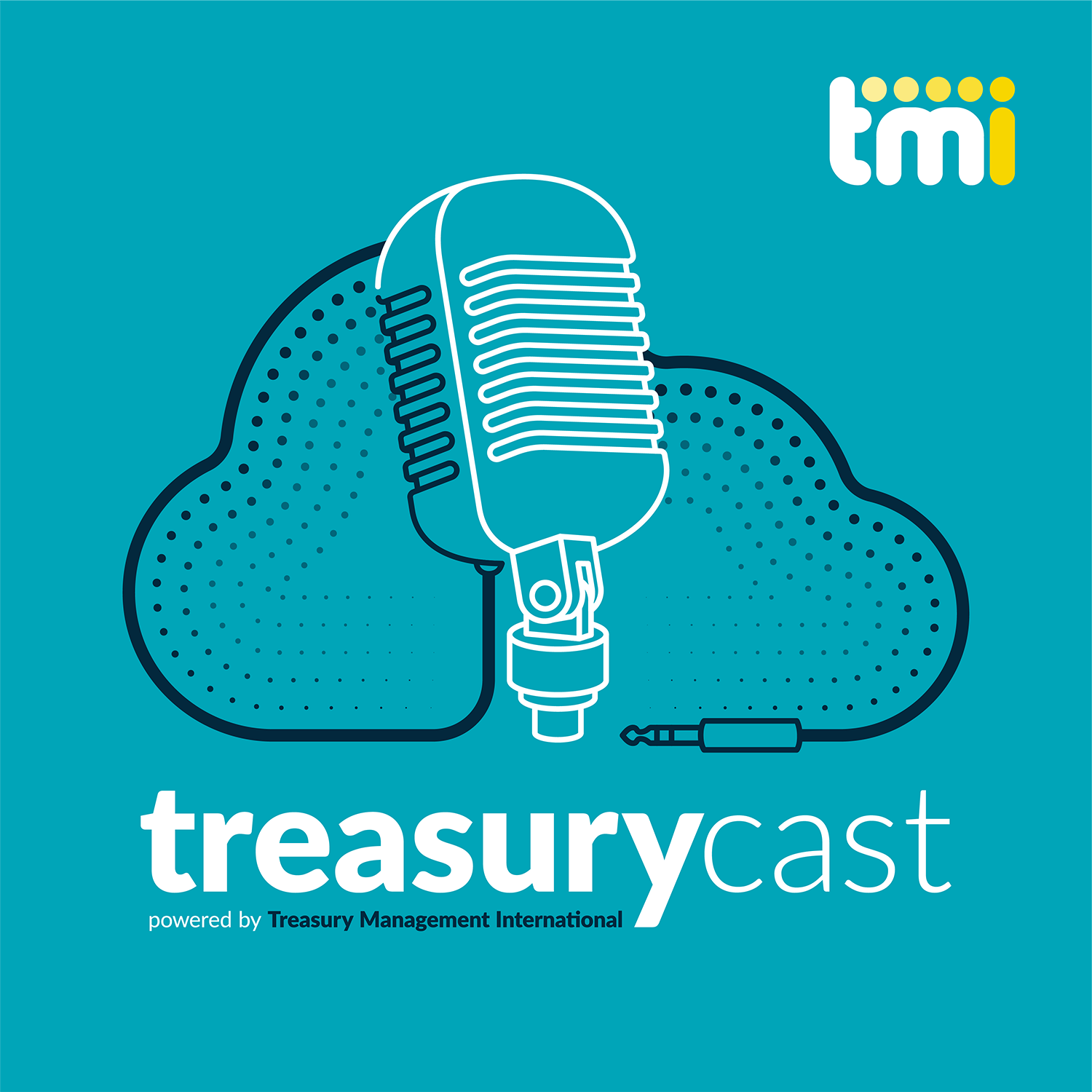Hong Kong/London: The broader adoption of general-purpose central bank digital currencies (CBDCs) will present authorities with trade-offs between the associated risks and benefits, says Fitch Ratings.
The key benefits of retail CBDCs lie in their potential to enhance authority-backed cashless payments with innovations in step with the wider digitalisation of society. For central banks in some emerging markets, a key driver for researching CBDCs is the opportunity to bring underbanked communities into the financial system, and improve the cost, speed and resilience of payments.
Some advocates see CBDCs as a way of addressing challenges presented by the declining use of cash. The rise of digital payment systems, which have strong network effects, can create oligopolies among payment-system providers, often from the private sector. Widespread use of CBDCs could erode these providers’ control over payments-related data and improve central banks’ capacity to track financial transaction data, aiding the prevention of financial crime. However, if CBDCs offer less privacy than cash, or severely cap amounts held in electronic wallets, some may be deterred from using them.
A CBDC may open up new policy options, such as transfers into CBDC accounts as part of disaster relief or stimulus efforts. The programmability of CBDCs offers further avenues for flexibility – including the potential to influence social behaviour. However, attaching such features to CBDCs may make them less attractive to users, relative to cash.
Widespread adoption of CBDCs may be disruptive for financial systems if associated risks are not managed. These include the potential for funds to move quickly into CBDC accounts from bank deposits, causing financial disintermediation, and for heightened cybersecurity threats as more touchpoints are created between the central bank and the economy.





